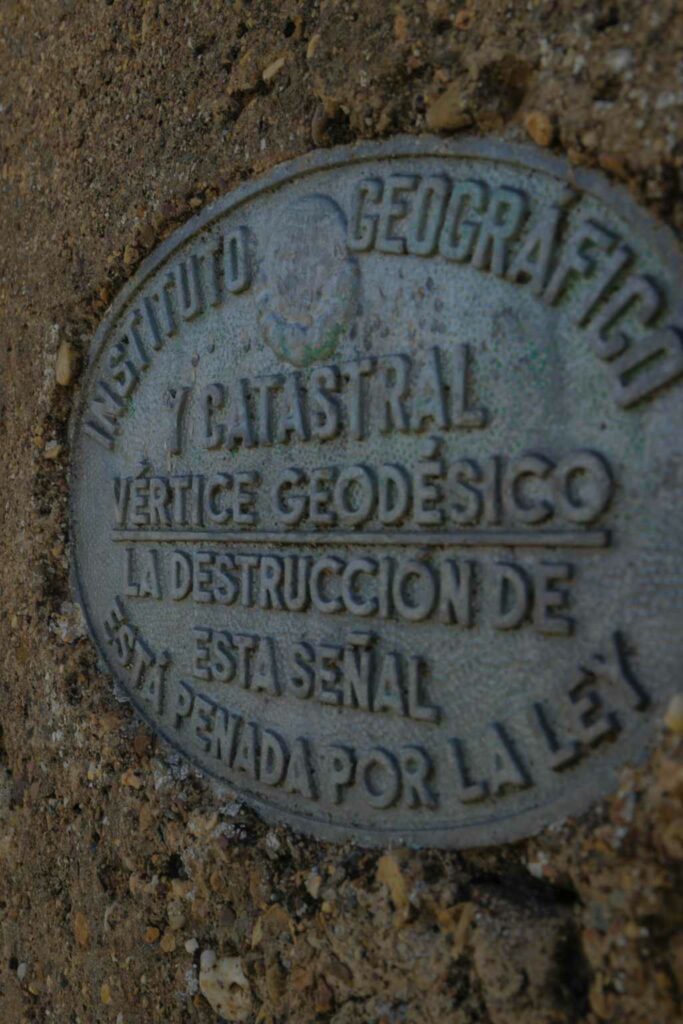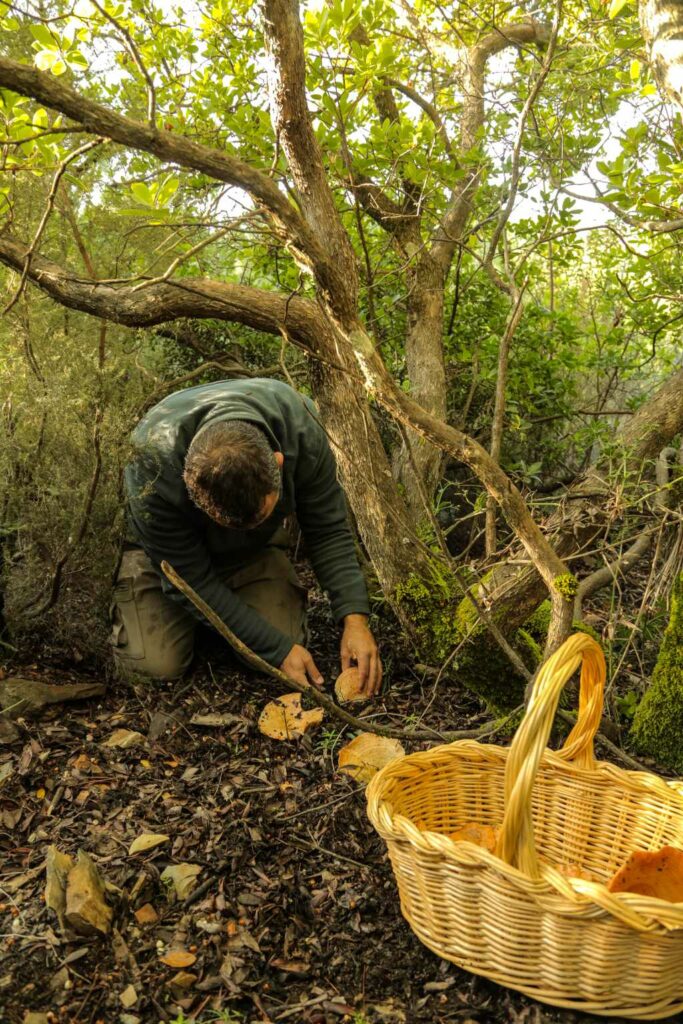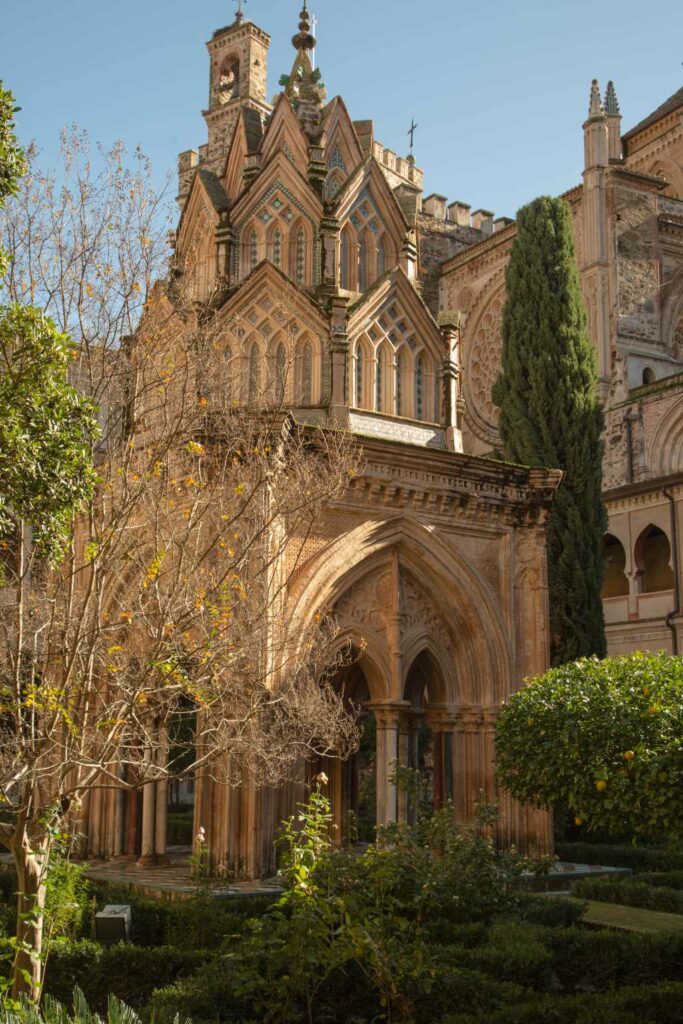East path
A little history…
The origin of the path is difficult to determine, sometimes due to the legendary nature of the stories and at other times due to the uncertainties of the chroniclers of the time. However, the story of the discovery of the Virgin was quickly disclosed and accepted by the society of the Late Middle Ages. Contrary to what happens in the other pilgrimage routes in the fourteenth century, since they went into decline due to the Black Death, the division of Christianity (Protestants considered pilgrimages as acts of the populace) and the almost exclusive dedication of monarchs to conquer new worlds, the Camino de Guadalupe emerges with force on the peninsular scene, thanks to the unconditional support of the House of Austria and the propagation as a cultural and spiritual center by the Order of the Jerónimos. One of the main supporters and promoter of our Camino de Levante was the Castilian king Enrique IV. It is not known if he used exactly the current layout between Saceruela and Guadalupe, since the paths in the Middle Ages varied continuously depending on new paths and cords that facilitated the route, although we can affirm that he left the town of Saceruela in 1463, accompanied of the master of the Order of Calatrava Pedro Girón Acuña, to go to Guadalupe. We also know that in his wake, he granted Saceruela independence from Piedrabuena and new nearby land for them to cultivate. The definitive consolidation of this path will emerge in the 16th century, with the figure of Don Alonso Rodríguez de Amargo, presbyter of the Order of Calatrava, Mayor of Toledo in 1570 and an illustrious figure of Saceruela. Of his great work we highlight the reunification of several brotherhoods, such as that of Santa Ana and Veracruz, already rooted in Saceruela for a long time, in the new Order of the Sacer, with the aim of maintaining the hospitals on the road to Guadalupe and assisting pilgrims and the needy who frequented this route. The Order of the Priest: The pilgrims who went to the sanctuary were, in general, devoid of safe roads, inns, hospitals and other services. This made the journey difficult for the pilgrims who had to cross completely uninhabited lands for several days, without finding refuge on their way and therefore being more easily victims of highwaymen, on the one hand, and, on the other, of the lack of food that, by improvisation or ignorance, could happen to them. For these reasons and after the continuous increase in pilgrims who used this path, the Order of the Sacer arose, one of the first pilgrimage institutions created outside the Hieronymite domain in Guadalupe and the main promoter in the maintenance of hospitals and infrastructures created for the benefit of pilgrims. .Guadeloupe Tourist Office
Plaza Santa María de Guadalupe, 10140 · Guadalupe
Tel: 927 154 128
oficinadeturismo@ayuntamientodeguadalupe.es
Aprodervi
Calle Zorilla, 1
10136 Cañamero · Cáceres
Tel: 927 369 429
Fax: 927 369 196
www.aprodervi.com.es



